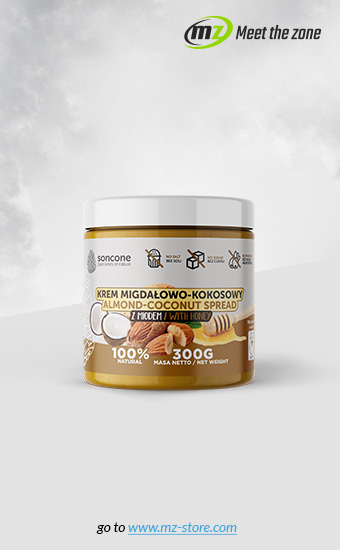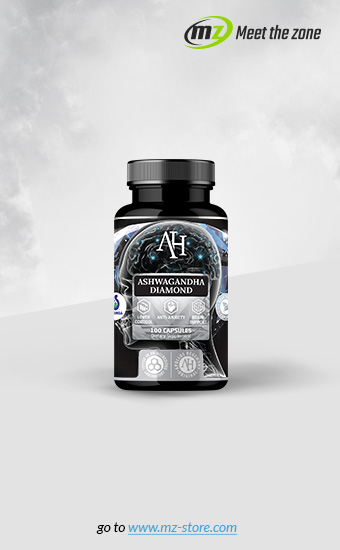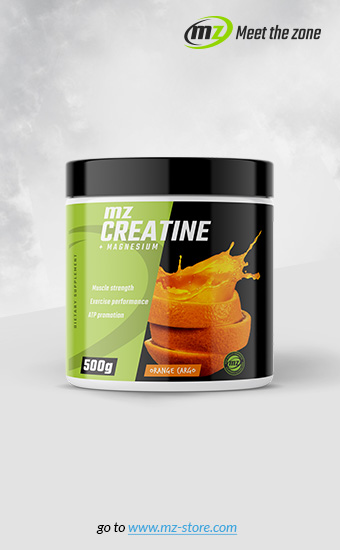The beneficial effect of saunas has been known for a long time. It’s an important part of biological regeneration. Sauna can have a positive effect on our health, well-being and promote better regeneration. However, it’s important to remember that improper use of sauna will have the opposite effect.
A brief history of sauna
Sauna is not a new invention. It was well known and used for more than two thousand years. Initially, the sauna was mainly used for hygienic and therapeutic purposes. Quite soon after, however, its relaxation properties were also discovered. The habit of taking a warm bath was probably born in central Asia, and from there he traveled to Europe.
The first saunas were discovered in the areas inhabited by the Slavs and in the northern part of the Scandinavian Peninsula resembled primitive dugouts with fireplaces. Stones were heated on the fireplaces, which were then watered to produce steam and intensify the sweating effect. It was only when the hot baths spread in Greece and Egypt that the rich began to build more luxurious and better equipped rooms.
The custom of hot baths reached Rome around the 1st century BC. It was there that the famous thermal baths were built. During the reign of Emperor Constantine in Rome itself, there were nearly one thousand public baths. Finland has the longest uninterrupted traditions associated with the sauna, they are about 2000 years old. The Finns created a dry sauna - they used steam saunas. It was not until the 11th century that the hot bath culture was popularized in western Europe: France, England and Germany. By gradually expanding continental countries.
Modern today
Today, the sauna is characterized by its high temperature. It may be accompanied by low or high humidity, depending on the type of sauna. There are dry, steam, wet saunas, infrared saunas. Dry sauna is also called Finnish sauna, it’s usually a wooden room with a stove. It’s suitable for bathing at 90-110 ° C and about 10% humidity.
Steam bath is also called a Roman bath. In the steam sauna the temperature is lower, around 50-65 ° C, and the humidity is very high - over 40%, sometimes even reaching closer to 100%. A steam room is usually a tiled room. Usually a steam generator is used in those rooms. Infrared sauna looks like a dry sauna. However, the heating elements are infrared radiators. In an infrared sauna, the temperature and humidity of the air play a supporting role. Body heating is done by infrared radiation, and parameters such as temperature and humidity can be varied.
How does a sauna work?
When it comes to a dry sauna, there is a stove in the room. There are stones that heat up to several hundred degrees Celsius. The furnace operation controls the electronic controller, which can program the operating time of the furnace and the temperature. The treatment we give during our stay in the sauna consists in overheating the body at high temperatures and periodically cooling it with cold water.
You should only stay in the sauna for a few minutes, then cool down and rest. Repeat the cycle 2-3 times. The high temperature in the sauna results in a cardiovascular load similar to that of light exercise. Stimulation of the blood stream results in better nutrition and purification of body cells.
What are the advantages for a trainee to bring a sauna?
- With the regular use of the sauna we can definitely improve the effects of our strength training or endurance. This is due to the positive processes taking place in our body during the procedure
- Using the sauna helps reduce post-workout pain by warming up and relaxing the stretched muscles and improving joint mobility
- It stimulates the nervous system, which contributes to the increase of strength and speed of muscle contraction
- It affects the speed of removal of muscular metabolism products produced during intensive exercise
- Strengthens the immune system
- It promotes relaxation and well-being
- Increases blood supply (oxygenation) of the tissues
In moderation and in the right way!
Sauna will certainly help to improve the muscle regeneration process, provided that we will use it properly. Excessive, too long or too intense visits to the sauna can have the opposite effect. Use of the sauna is recommended, but do it safely and don’t expose your own health. There are some rules that we should keep in mind:
- Do not use the sauna after a workout
- Do not use the sauna directly before the workout
- Also remember to properly hydrate your body before entering the sauna as well as after you leave
We should not use the sauna for more than 15 minutes at a time, after that we should go out, rinse with cold water and sit comfortably or lie down.
Sauna for regeneration - summary
The skillful use of the sauna has a beneficial effect on our health and promotes post-workout regeneration.






2 Comments